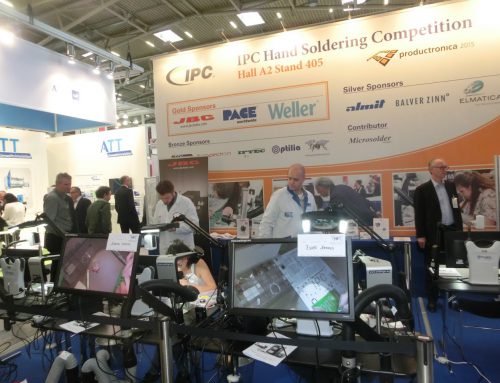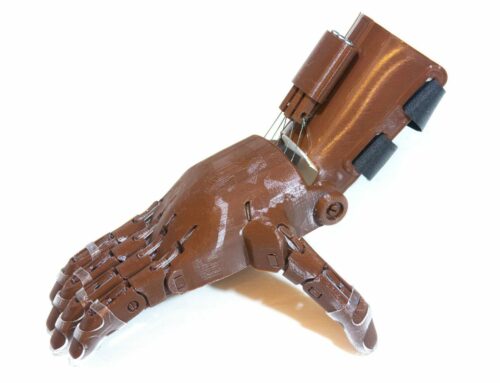Worldwide 47.5 million people die annually of a top-five cause of death. With 9.5 million annual deaths cancer ranks third, and the toll it takes is going up. Research is working hard to reverse this trend, and nanotechnology may be very helpful. This article will share a number of developments in this field.
Innovations in the field of nanotechnology indicate that it can impede and even completely destroy cancer cells. It is still early days, but the current developments already show the enormous potential of the technology.
One nanometre is one billionth of a metre, to put things into perspective. It is at this microscopic scale that research takes place in various scientific disciplines, such as chemistry, physics, biology and engineering. Because these disciplines cooperate in health care, innovations in health care are speeded up. Nano technology can be defined as the manipulation of individual atoms and molecules so that devices at a nano scale can be created. These devices can in turn be deployed to attack and destroy cancer cells.
The Max Planck Institute for Intelligent Systems in Stuttgart is an example of a research group intensively exploring the possibilities of nanotechnology. Their scientists have developed propeller-shaped nanobots capable of penetrating very dense tissues. In the future these nanobots can be loaded with medication, so that infected cells can be infused with medicines.
Sino-American cooperation between the Chinese Academy of Science and the Arizona State University has led to the development of nanobots that can close down the blood supply to tumours. This makes them wither and die, as very successful tests in mice have shown. Comparable research in the UK has also been successful. There nanobots have been developed that can destroy cancer cells in 60 seconds. These devices start turning with a speed of two to three million revolutions per second when exposed to ultraviolet light, thereby completely cracking the membranes in cancer cells. It is hoped that these nanobots can soon be used for the treatment of people.
However, nanotechnology has still more to offer. It will not be long before organs can be repaired with nanotechnology. Think of the consequences of a stroke or any other disease and of damaged organs. Researchers of the Wexner Medical Center of Ohio State University and Ohio State’s College of Engineering are deep into this. They have developed a device that can cure diseased and damaged organs by changing the function of one cell with one single touch. By injecting a new genetic code into skin cells and giving these a different cell structure, it becomes possible to regenerate cells. It is obvious that this development offers tremendous possibilities for curing organs, blood vessels, tissues, etc.
When we view these developments, we can start to wonder whether nanotechnology can ensure that we may be able to live without fatal diseases. Nanobots injected into our bodies could continually be on the lookout for any faults in cell structures and immediately repair any that are found. This amazing perspective leads to another obvious question: could nanotechnology keep us forever young?










